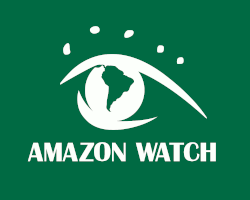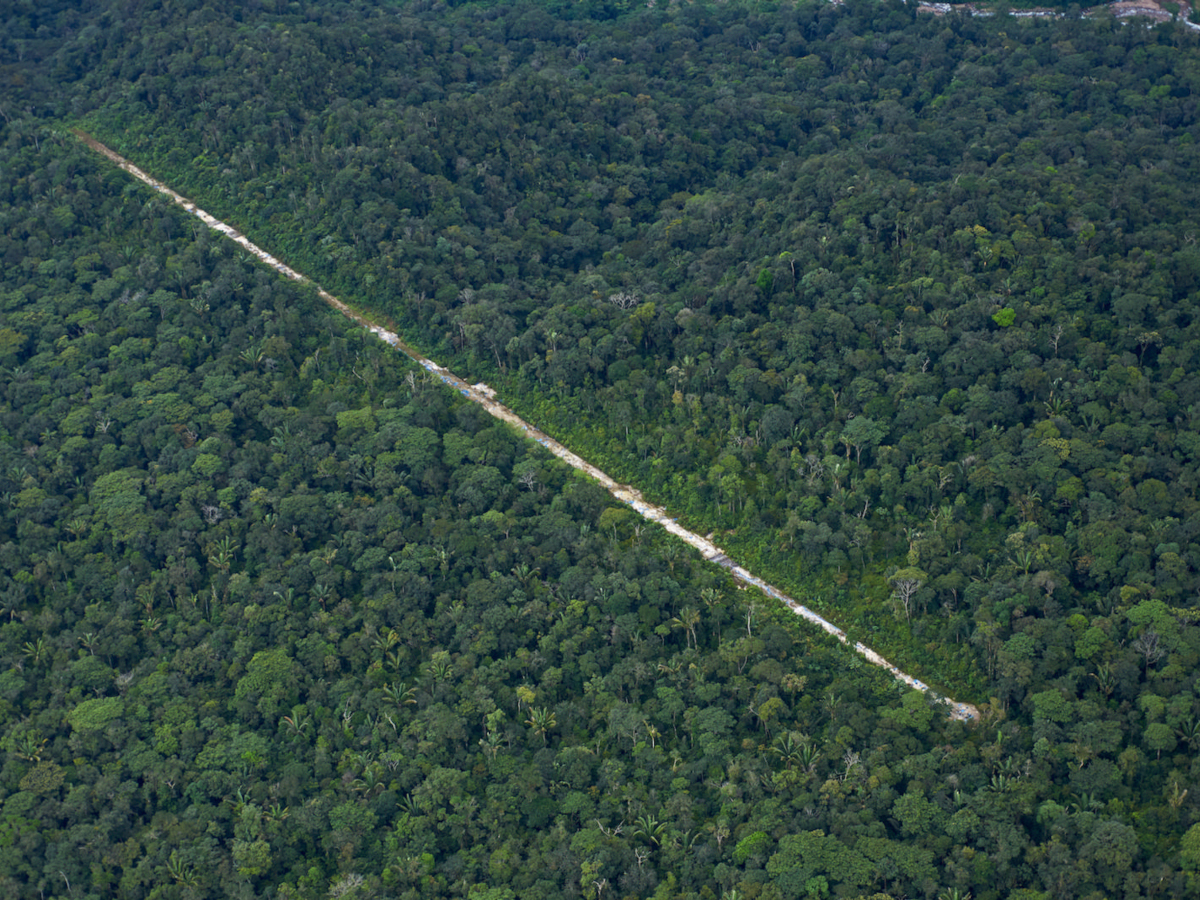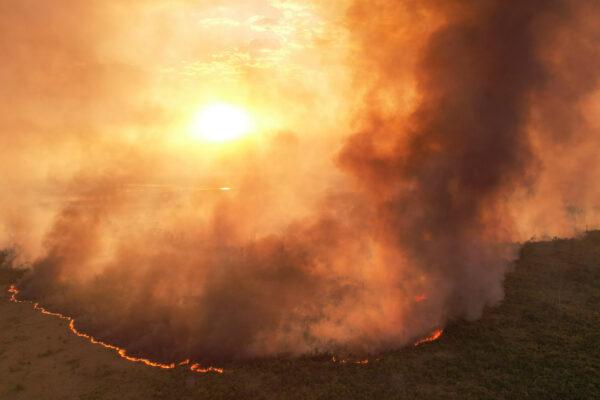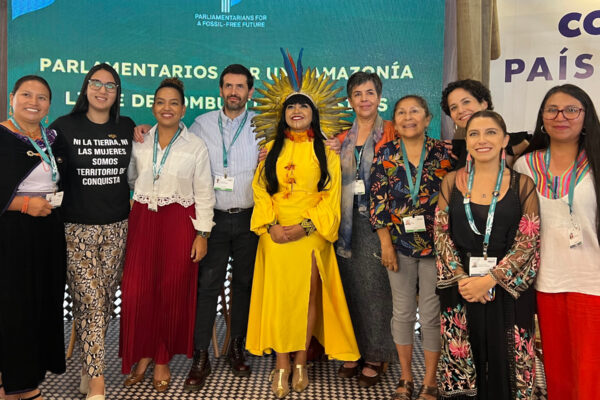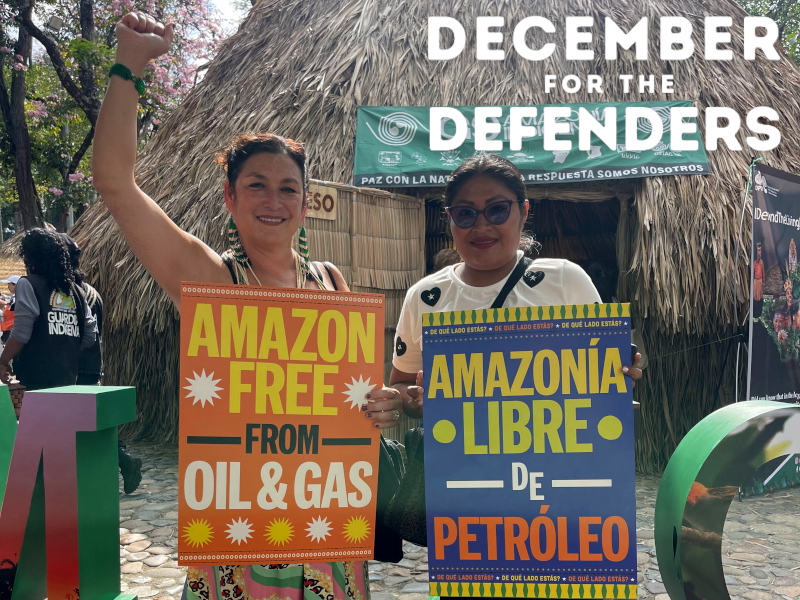When world leaders gather in Belém for COP30, they will once again hail the Amazon as the lungs of the planet. Much attention will focus on cattle ranching, soy expansion, oil drilling, and large-scale mining – urgent threats, to be sure. Yet another, often ignored force is accelerating destruction at unprecedented speed. Over the past decade, organized crime has become one of the greatest dangers to the world’s largest rainforest – and therefore to the stability of our climate.
The Amazon today is not only a natural wonder but also a battleground. Drug cartels, illegal gold miners, and timber mafias are tearing through forests and rivers, imposing new forms of criminal governance. They exploit weak institutions, porous borders, and entrenched corruption to control vast territories. In many areas, they have replaced the state – imposing curfews, collecting “taxes,” and dispensing violent justice. Elsewhere, state institutions collude with them, blurring the lines between legality and criminal rule. Their dominance now shapes the conditions for exploitation across much of the rainforest.
How crime fuels extractivism
Fueled by record-high gold prices and relentless global cocaine demand, illicit economies are driving deeper into the Amazon’s most remote and biodiverse regions – lands safeguarded for centuries by Indigenous peoples. But the damage goes beyond illicit markets. Criminal governance creates the conditions for the expansion of “legal” extractive industries.
Armed groups clear forests and displace communities, paving the way for coca crops and cattle ranching – and later for logging concessions and oil projects. Gold mined with mercury slips into formal supply chains, allowing companies to profit from laundered resources. Organized crime is not separate from legal extractivism; it is the violent shock force that makes it possible.
Human and ecological toll
The consequences are devastating. Forests are razed for coca or cattle. Rivers are contaminated with mercury, which poisons the water and the lives it sustains. In Brazil, the Munduruku and Kayapó territories have been invaded by armed miners. In Peru, Indigenous leaders opposing coca and logging mafias have been assassinated. Colombia’s Constitutional Court warned almost two decades ago that entire Indigenous nations face the risk of extinction due to armed conflict, at least partially related to illicit economies. Today, the Amazon is the most dangerous place on Earth for environmental defenders.
Each hectare destroyed brings the forest closer to its tipping point—the moment when it irreversibly transforms into savannah, releasing billions of tons of carbon and shattering global climate goals. This is not only an environmental emergency; it is a crisis of governance, human rights, and global security. Treating it solely as a conservation issue is dangerously insufficient. Militarized crackdowns – the default response of Amazonian states – have failed, deepening violence without addressing root causes. A new approach is needed: one that recognizes organized crime as a central climate threat and confronts the political and economic systems that sustain it.

What must be done at COP Belém
As leaders meet in Belém, they must move beyond vague pledges. The Amazon’s survival depends on confronting organized crime as a core climate issue. That means:
1. Interconnect climate, environment, and security frameworks.
Illicit economies must be recognized as drivers of deforestation and global climate risk. Climate and biodiversity agreements should align with the UN Convention on Transnational Organized Crime (UNTOC), where a protocol on crimes that affect the environment can be developed to close the gaps that criminal networks exploit.
2. Center Indigenous rights and territorial governance.
Indigenous peoples are the Amazon’s most effective defenders yet its most threatened. Strengthening their land rights, governance systems, and community patrols – and channeling climate finance directly into Indigenous-led institutions – is vital to dismantling criminal control and protecting the forest. Their leadership must be recognized as central to any viable climate solution.
3. Tie climate finance to the dismantling of illicit economies.
Funds under the Paris Agreement and biodiversity frameworks should explicitly target the illegal mining, logging, and drug trades. Financing must prioritize Indigenous autonomy, defender protection, and sustainable livelihoods – not militarized crackdowns that perpetuate violence. Climate finance must strengthen justice and community resilience, not corruption or repression.
4. Regulate global supply chains.
Consumer nations must accept responsibility. Cocaine demand in the Global North fuels Amazonian violence; illicit gold and timber laundered through international markets end up in everyday products. Belém must demand strict traceability and binding due diligence laws holding companies accountable – from refineries to retail.
5. Confront corruption and state complicity.
Criminal networks thrive where governance fails. Climate negotiations should commit to strengthening justice systems, environmental prosecutors, and anti-corruption mechanisms. Without accountability, conservation finance will falter. Corruption is the oxygen of deforestation; transparency must be the antidote.
The time is now
Scientists warn that if Amazon deforestation surpasses 20–25%, the rainforest could collapse into a savannah-like ecosystem. According to some research, parts of eastern Amazonia already emit more carbon than they absorb. The forest’s role as a global climate regulator is weakening fast.
This is a pivotal moment for the planet. The Amazon is nearing a point of no return – ecologically, politically, and ethically. If organized crime and global demands for their products continue to dictate its future, the cost will not fall only on Indigenous peoples but on all humanity. As leaders meet in Belém, they must face an uncomfortable truth: the fight for climate stability is inseparable from the fight against organized crime.
Belém can be remembered as a turning point – when the world stopped treating the Amazon as a victim and began dismantling the criminal economies driving its collapse. The choice is stark: dismantle the networks of destruction, or lose the rainforest that sustains life itself.
